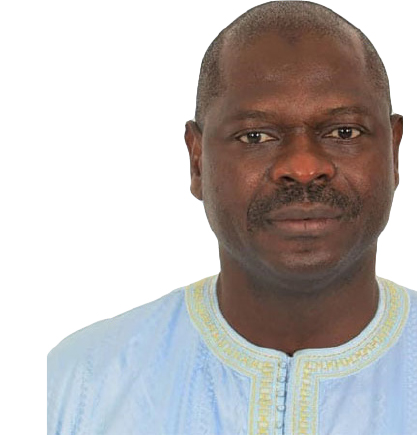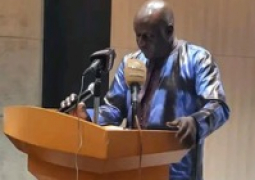
Minister Keita also said between 2018 and 2020, the Gambia’s domestic debt stock did not change much.
“Following the outbreak of COVID-19, The Gambia secured commitments to restructure its bilateral and multilateral debt to alleviate the country’s debt service burden,” he explained.
In debt restructuring, he said, the government has to eliminate immediate fiscal pressure emanating from debt service payments. However, he added that total debt stock increases as external debt disbursements continue while debt principal payments are deferred.
“In 2017, the new administration inherited an overdrawn TMA to the tune of D10.8 billion.
This was subsequently securitized by issuing a 30-year non-marketable bond.”
“In 2018, the new government signed an MoU agreeing to assume the majority of NAWEC’s
debts and issued a 7-year non-marketable
NAWEC bond up to the tune of D1.7 billion to make debt service payments on behalf of the national utility provider.”
He said these led to an increased domestic debt stock from D21.8 billion in 2016 to D32.5 billion in 2018.
“Similarly, the new administration inherited legacy debt of USD50.4 million (roughly GMD 2.4 billion) arising from confirmed debt in infrastructure contracts by the previous regime. New borrowing (project and new domestic borrowings) equivalent to D41.9 billion.”
The minister highlighted that the new debts were directed towards financing projects such as the:
New Bertil Harding Highway; Phase I of the University of The Gambia (UTG) Faraba Campus; Rehabilitation & Development of Banjul International Airport; Construction of VIIP Lounge at the Banjul International Airport; GAMTEL Broadband Network Project; Port Expansion Project; OMVG Interconnection Project; Gambia Renewable Energy Project; Banjul Rehabilitation project; Roads Project in the Greater Banjul Area (such as in Kanifing and Brufut); Rural roads (such as Lamin Koto-Passamas, Nuimi Hakalang, Sabach Sanjally, Kiang, Basse Yorobowal, etc); the construction of the Basse and Brikama markets; and Rice Value Chain Development Project.”
He alluded that The Gambia’s total debt stock remains at high risk but sustainable as confirmed by the IMF’s Debt Sustainability Analyses (DSAs).
As a percentage of GDP, the debt stock was at 72% of GDP as at end 2023.





